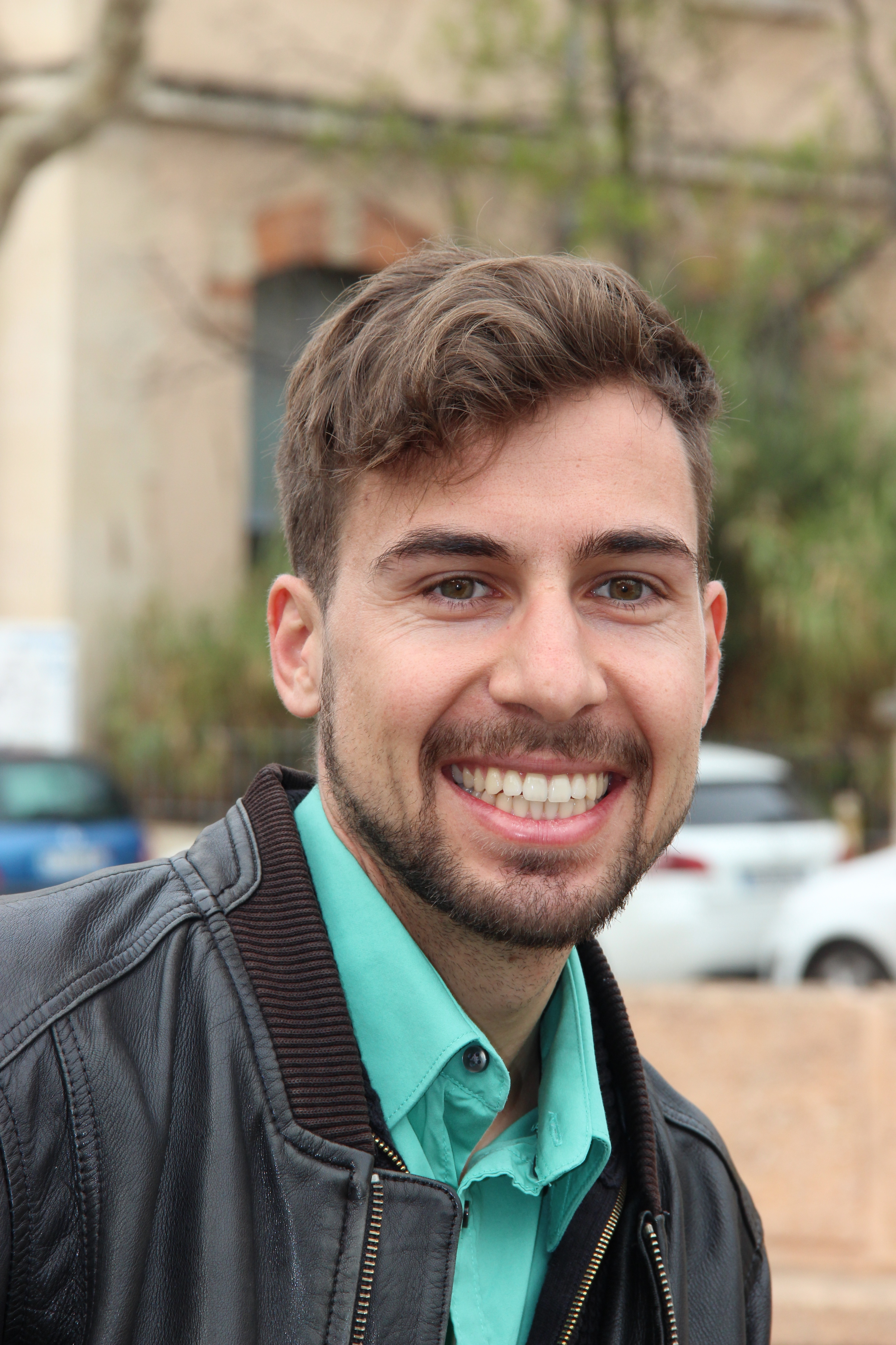
Nouvel article dans Neuropsychologia, de Benjamin MATHIEU et al., Equipe Bases Neurales de la Sensorimotricité
Les co-auteurs : Benjamin Mathieu , Antonin Abillama , Simon Moré , Catherine Mercier , Martin Simoneau , Jérémy Danna , Laurence Mouchnino , Jean Blouin
Titre : Seeing our hand or a tool during visually-guided actions: Different effects on the somatosensory and visual cortices
Abstract : The processing of proprioceptive information in the context of a conflict between visual and somatosensory feedbacks deteriorates motor performance. Previous studies have shown that seeing one’s hand increases the weighting assigned to arm somatosensory inputs. In this light, we hypothesized that the sensory conflict, when tracing the contour of a shape with mirror- reversed vision, will be greater for participants who trace with a stylus seen in their hand (Hand group, n=17) than for participants who trace with the tip of rod without seen their hand (Tool group, n=15). Based on this hypothesis, we predicted that the tracing performance with mirror vision will be more deteriorated for the Hand group than for the Tool group, and we predicted a greater gating of somatosensory information for the Hand group to reduce the sensory conflict. The participants of both groups followed the outline of a shape in two visual conditions. Direct vision: the participants saw the hand or portion of a light 40 cm rod directly. Mirror Vision: the hand or the rod was seen through a mirror. We measured tracing performance using a digitizing tablet and the cortical activity with electroencephalography. Behavioral analyses revealed that the tracing performance of both groups was similarly impaired by mirror vision. However, contrasting the spectral content of the cortical oscillatory activity between the Mirror and Direct conditions, we observed that tracing with mirror vision resulted in significantly larger alpha (8-12 Hz) and beta (15-25 Hz) powers in the somatosensory cortex for participants of the Hand group. The somatosensory alpha and beta powers did not significantly differ between Mirror and Direct vision conditions for the Tool group. For both groups, tracing with mirror vision altered the activity of the visual cortex: decreased alpha power for the Hand group, decreased alpha and beta power for the Tool group. Overall, these results suggest that seeing the hand enhanced the sensory conflict when tracing with mirror vision and that the increase of alpha and beta powers in the somatosensory cortex served to reduce the weight assigned to somatosensory information. The increased activity of the visual cortex observed for both groups in the mirror vision condition suggests greater visual processing with increased task difficulty. Finally, the fact that the participants of the Tool group did not show better tracing performance than those of the Hand group suggests that tracing deterioration resulted from a sensorimotor conflict (as opposed to a visuo-proprioceptive conflict).








